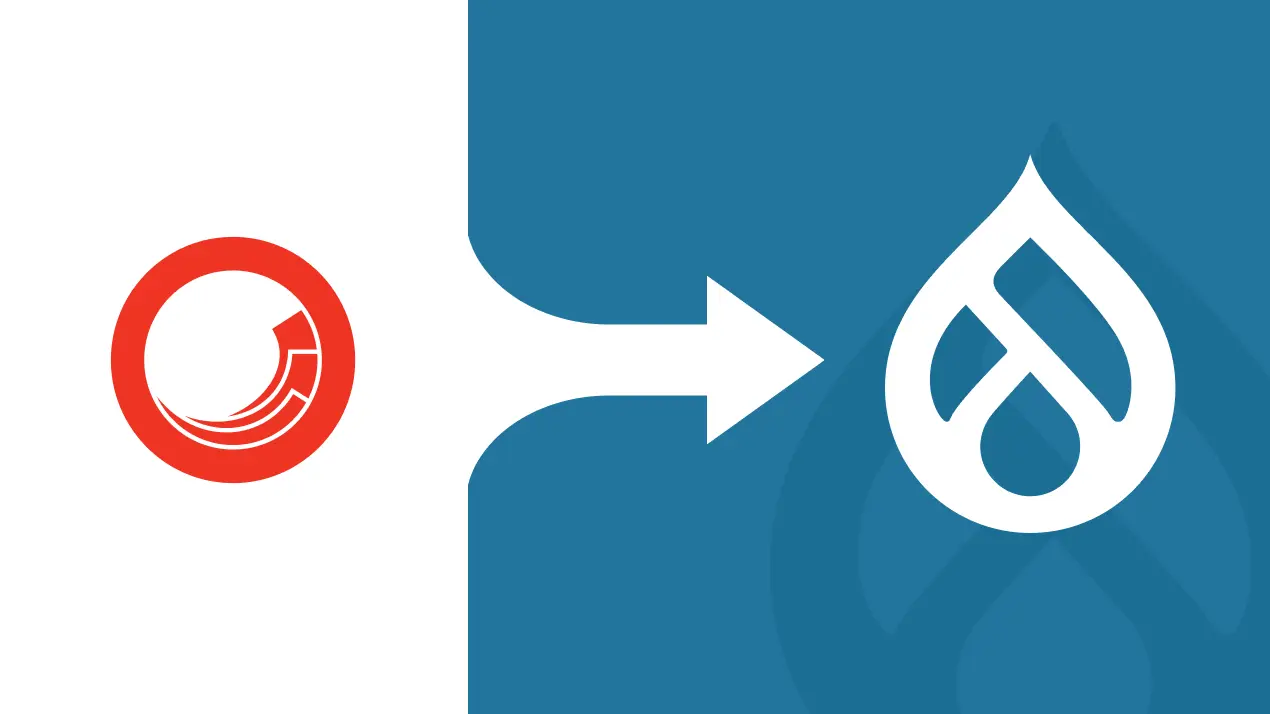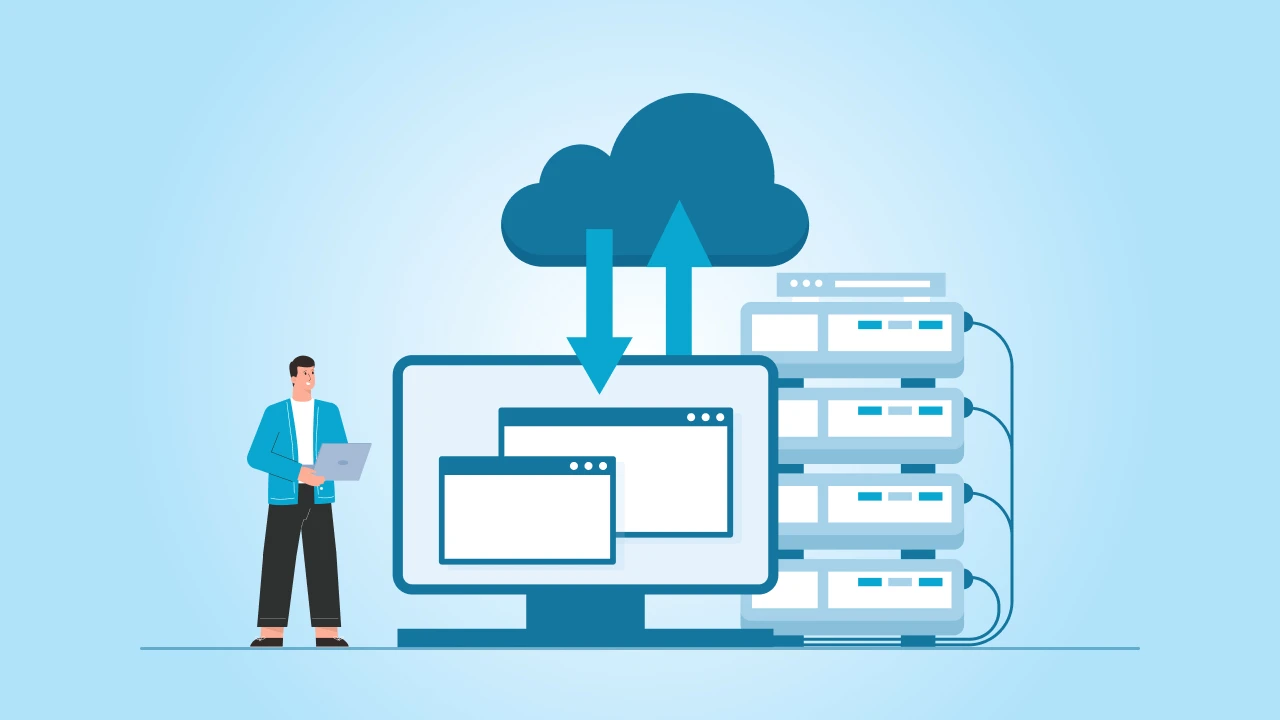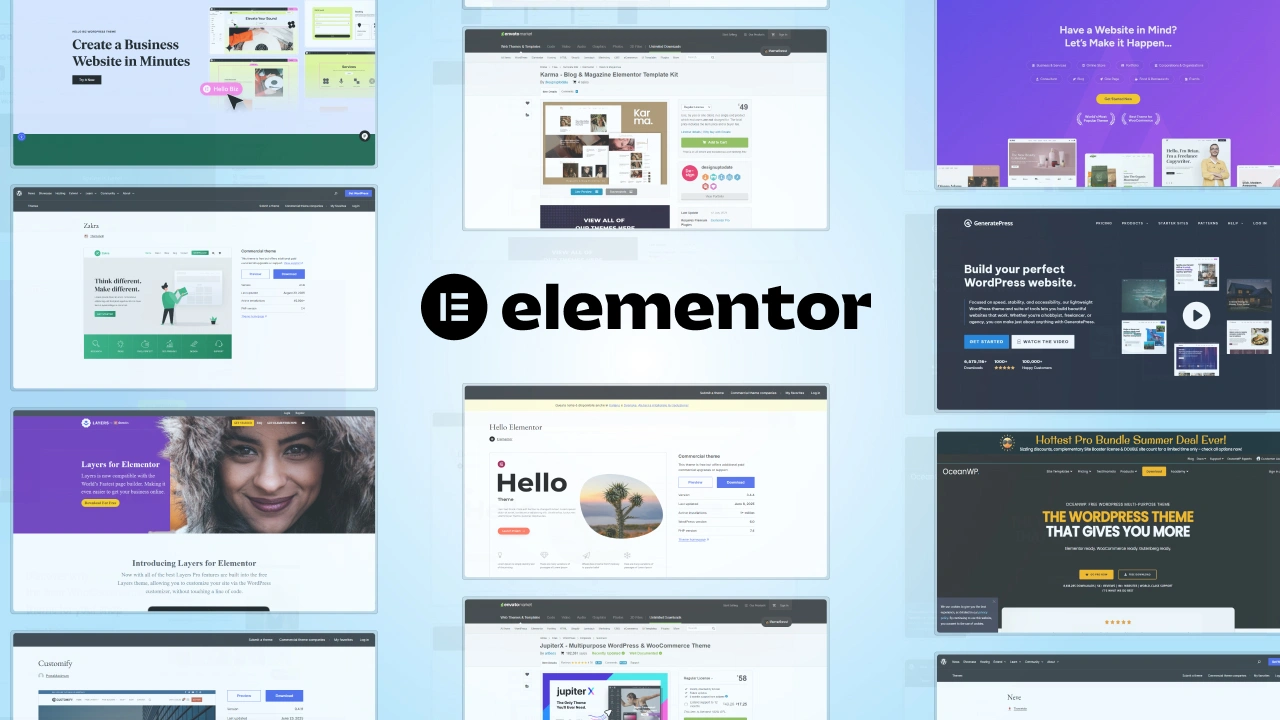So, you have been using Sitecore for a while, but lately, you’ve been thinking—what if there’s a better way?
Maybe you have heard that Drupal could offer more flexibility, lower costs, or just be a better fit for your business. Well, you are not wrong.
Drupal is that platform. It’s open-source, highly customizable, and packed with features that can help you scale your website without breaking the bank.
So whether you are looking for greater control over your content, more efficient workflows, or just a better way to manage your digital experiences, Drupal has you covered.
In this guide, we will show you exactly how to migrate from Sitecore to Drupal and ensure a seamless transition. From planning and preparing to executing the migration, we will break it all down so you can make the switch with confidence.
Is it Worth Migrating from Sitecore to Drupal?
Migrating to a new CMS platform is a big decision, and while Sitecore offers powerful features, it may not be the best fit for every business. So, if you as us moving to Drupal worth it?
Well, let’s take a closer look.
What is Drupal? Drupal is an open-source platform that gives you incredible flexibility and scalability, all without the expensive price tag that comes with Sitecore. It’s designed to grow with your business, making it easier to manage complex content, integrate with other tools, and customize the platform exactly how you want.
But the benefits go beyond just features. Migrating to Drupal can also give you more control over your website, lower ongoing costs, and access to a supportive community. If you are looking for a CMS that offers freedom and long-term growth, Drupal could be exactly what you need.
Key Considerations Before Migration
Before diving into the migration process, it’s important to take a step back and make sure you’re setting yourself up for success. Here are some key things to consider:
- Define Your Migration Goals: What do you want to achieve by switching to Drupal? Are you looking to reduce costs, improve performance, or gain more flexibility? Knowing your goals will help you make informed decisions and measure the success of the migration.
- Evaluate Your Existing Sitecore Environment: Take stock of your current Sitecore setup. This means doing an inventory of your content, assets, and any custom features. You will also want to identify any third-party integrations or plugins that may need to be migrated or replaced.
- Assess Drupal’s Capabilities: Not all migrations are the same, so it’s essential to make sure that Drupal can meet your specific needs. Look into the modules and features Drupal offers, and consider whether they align with your goals.
- Budgeting and Resource Planning: Migration projects can require time and resources, so make sure to plan your budget accordingly. This includes estimating the cost of development, testing, training, and ongoing support after the migration.
Reach out and let’s talk about how we can make your transition to Drupal smooth and stress-free.
Pre-Migration Process
Once you have defined your goals and evaluated your environment, it’s time to start planning the actual migration. A well-thought-out plan will help keep everything on track and ensure a smooth transition. Here are the key steps to focus on:
1. Set Up a Migration Team
Migrating to Drupal is a team effort. You will need to hire Drupal developers who are familiar with both Sitecore and Drupal, designers who can help ensure the new site looks great, and content strategists to ensure your content is transferred properly. Having the right mix of expertise will make the process much smoother.
2. Build a Migration Timeline and Milestones
Create a detailed timeline with clear milestones for each stage of the migration. This helps keep everyone aligned on the goals and deadlines. Break down the process into phases, such as preparation, data migration, testing, and launch. This will help you stay organised and avoid missing critical steps.
3. Choose the Right Tools and Technologies
There are several tools and technologies that can make the migration easier. From migration scripts to automation tools, using the right technology will save time and reduce errors. Make sure to select tools that fit your specific needs—whether that’s for content migration, data mapping, or system integrations.
4. Risk Assessment and Mitigation
No migration is without risks. It’s important to identify potential roadblocks before they happen. This could include data loss, system downtime, or issues with integrations. By assessing these risks early and developing mitigation strategies, you’ll be better prepared to handle any challenges that come up.
Sitecore to Drupal Migration Process (Comprehensive Guide)
Now that you have planned everything out, it’s time to get into the nitty-gritty of the migration. Here’s a step-by-step breakdown of the sitecore to Drupal migration process:
1. Prepare the Drupal Environment
Before anything else, make sure your Drupal environment is ready. This means:
- Install and configure Drupal: Set up the core system and ensure it’s optimised for your needs.
- Choose the right modules: Select the right Drupal modules that will give your site the functionality you need, from content management to SEO and analytics.
2. Export Data from Sitecore
You’ll need to extract everything from your Sitecore environment:
- Extract content, media, and metadata: Get all your content, images, videos, and metadata out of Sitecore and into a format you can use for migration.
- Identify reusable assets: Not everything may need to be migrated, so take the time to identify assets that you can repurpose in Drupal.
3. Map and Transform Data
This step ensures that your data from Sitecore fits neatly into Drupal’s structure:
- Align Sitecore data with Drupal’s taxonomy: Match up your content and metadata to Drupal’s system so it’s easy to navigate and manage.
- Clean and organize data: Before migrating, make sure your data is well-organised and free from unnecessary clutter. This ensures a smoother migration process.
4. Migrate Content and Assets
Now, it’s time to actually move everything over:
- Use migration tools: Tools like Drush, Migrate API, or custom scripts can help automate and streamline the process.
- Test migrated content: Once the migration is complete, verify that all content and assets are accurate and properly displayed in Drupal.
5. Integrate Custom Features
If you had custom features or integrations in Sitecore, you’ll need to rebuild them in Drupal:
- Rebuild custom functionalities: Any special features that Sitecore was running, such as personalised content or complex forms, will need to be recreated in Drupal.
- Set up integrations: Don’t forget to configure integrations like CRM systems, analytics tools, or marketing platforms to work with your new Drupal site.
6. QA and Testing
Before you go live, ensure everything is working smoothly:
- Verify content accuracy: Double-check that all your content and media have transferred correctly.
- User acceptance testing (UAT): Test the site from a user perspective to ensure everything is intuitive and works as expected.
Post-Migration Best Practices
Now that the migration is complete and your Drupal site is live, it’s important to keep things running smoothly. Below are some best practices to follow after the migration:
1. Train Your Team on Using Drupal
Your team needs to be comfortable using the new system. Take the time to provide training on how to manage content, update pages, and use any new features that Drupal offers. A little training goes a long way in ensuring everyone can hit the ground running.
2. Monitor Website Performance and Fix Issues
Keep an eye on your site’s performance. Track load times, check for any broken links, and look for any other issues that might affect the user experience. If you spot any problems, tackle them right away to ensure your site continues running smoothly.
3. Plan for Ongoing Maintenance and Updates
Migrating to Drupal isn’t a one-and-done process. You will need to plan for regular maintenance and updates to keep your site secure and optimised. This includes updating modules, backing up data, and making improvements as your business evolves.
Challenges in Sitecore to Drupal Migration (and How to Overcome Them)
No migration is without its challenges, and moving from Sitecore to Drupal is no exception. But with the right strategies in place, you can navigate these hurdles with ease. Let’s take a look at some common issues and how to handle them:
1. Data Loss
One of the biggest concerns when migrating is the risk of losing important data. Whether it’s content, media, or metadata, losing any of it can cause major headaches.
How to Overcome It:
Always back up your Sitecore data before starting the migration. During the migration, test the process on smaller sets of data to make sure everything is transferring correctly. Once everything is migrated, double-check to ensure no content has been lost.
2. Downtime
Site migrations often result in some website downtime, which can impact user experience and SEO.
How to Overcome It:
Plan for downtime by scheduling it during off-peak hours to minimise impact. Also, keep your users informed about when the migration will happen and when they can expect the site to be back online. A well-planned migration window can keep things running smoothly.
3. Plugin Incompatibilities
You may find that some of the plugins or integrations used in Sitecore aren’t compatible with Drupal, leading to functionality gaps.
How to Overcome It:
Before you start the migration, make sure to research Drupal alternatives for the plugins you rely on. Some Sitecore features may require rebuilding in Drupal, but with the right modules, you should be able to match or even improve upon the existing functionalities.
Conclusion
Drupal offers a flexible, cost-effective, and scalable solution that can grow with your business—making the switch well worth the effort. While there will be challenges along the way, taking a strategic approach and using the right tools will help you overcome them.
Once the migration is complete, don’t forget to train your team, monitor your site’s performance, and plan for regular maintenance to keep everything running smoothly.
So, if you are ready to make the move, follow the steps outlined in this guide, and you will be on your way to a seamless transition to Drupal.
Let cmsMinds handle your migration with ease.





